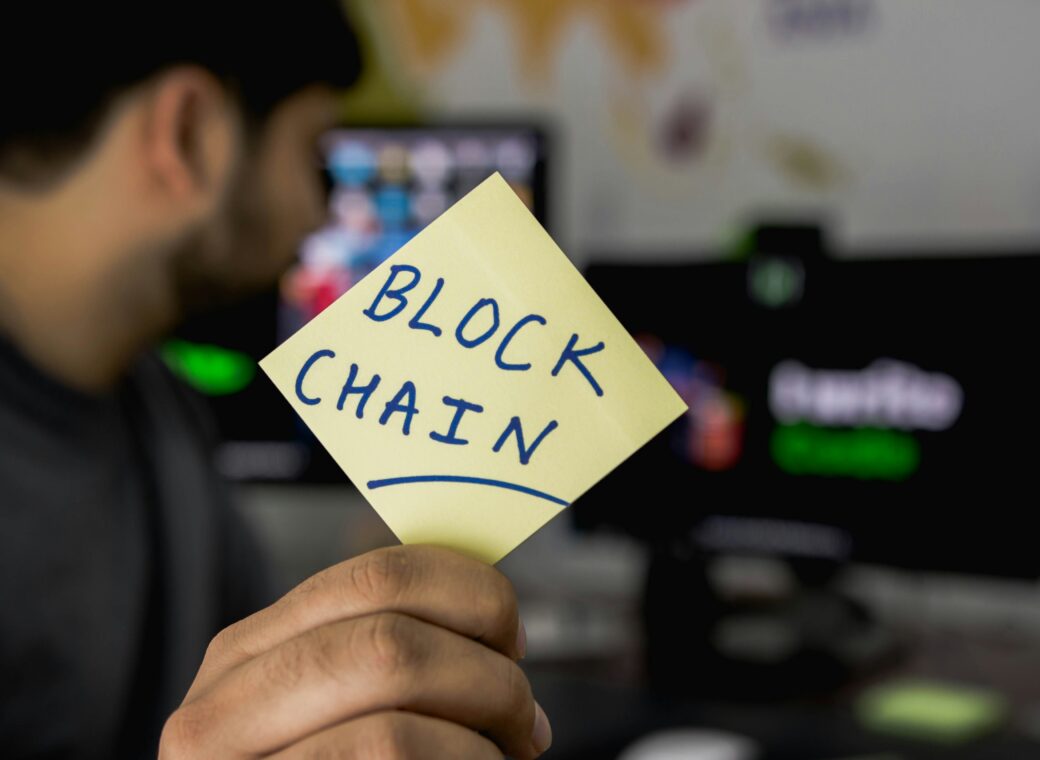The global blockchain industry is set to expand to over US$94 billion by the end of 2027. Statista forecasts that blockchain-based systems could potentially govern 10% to 20% of the world’s economic infrastructure worldwide.
However, to succeed internationally, blockchain companies must adapt their documents, digital systems, and workflows to meet the linguistic and cultural nuances of their intended audience. Multicultural adaption must happen quickly and timely to encourage blockchain adoption and capture market share.
This article explores blockchain trends and adoption challenges. We also explore how machine translation addresses specific challenges—like technical jargon, regulatory diversity, and the need for trust and accuracy—to enhance communication effectiveness for the blockchain industry.
Why is blockchain revolutionizing the world?
Blockchain technology is essentially a decentralized ledger that can record any transaction. It is unique because it can be used to democratize any economic activity. It uses the three principles of consensus, decentralization, and cryptography to create a way to record transactions without the need for a central, third-party authority.
For example, if you buy a home, you depend on a central, third-party authority, like the government, to record the sale. Without that third-party proof of record, the seller could potentially take the payment and still refuse to vacate the house. Hence, the third party charges a fee even though it neither buys nor sells the house.
Blockchain eliminates this third party by allowing you to record a tamper-proof transaction that only the buyer and seller agree on. Once both consent, the record is locked in and cannot be deleted or modified.
Blockchain can thus introduce transparency and trust to any economic activity. It has opened up possibilities for decentralized applications (dApps) and decentralized autonomous organizations (DAOs) in every sector from supply chain management, healthcare, and finance to gaming and beyond.
Blockchain industry adoption challenges
Over 23 different governments have launched blockchain pilot programs in the past five years—including Estonia, Singapore, UAE, China, South Korea, and Malta. While crypto, dApp, DAO, and other blockchain startups are being welcomed and supported by governments in every continent, several adoption challenges remain.
Lack of trust
Ironically, for a technology celebrated for creating trust, blockchain faces a significant trust issue among the general public and institutions. Most users are simply too afraid to use it, particularly given its association with volatile cryptocurrencies and high-profile crimes. The skepticism is justified—after all, It’s similar to trying to convince someone to trust you with their treasures just because you claim to have a very secure locker.
Steep learning curve
Interaction with blockchain technology can feel like learning a new language for many potential users. They must learn new blockchain concepts such as FUD, SATS, Bagholder, Buy the Dip, and HODL-ing and deal with complex user interfaces and cryptographic keys. They also have to understand computing and finance concepts or navigate legal terms and conditions beyond their day-to-day life experience.
Cultural differences
Every country has its own cultural preferences for how they conduct economic activity. For example, some cultures emphasize face-to-face meetings and gradually building long-term partnerships. Others prefer reliability, efficiency, and predictability in their transactions. Some cultures embrace new technology, while others prefer traditional means and change slowly. Blockchain branding must be suitably adjusted to meet local requirements.
Legal concerns
Blockchain adoption typically requires getting committees and boards on your side. For example, a blockchain app for logistics may require approval from local regulatory authorities, industry standardization bodies, and key stakeholders within the sector. Additionally, gaining support from trade associations and influential players in the logistics ecosystem is crucial for widespread integration. Approval applications and committee presentations require blockchain companies to understand and address local regulatory, data privacy, and security concerns. Legal compliance in the home country does not mean direct approval in the target market.
How machine translation helps
Accelerating blockchain adoption requires going beyond just advancing the technology. It is more about fostering understanding and building trust while respecting the cultural sensitivities of the target market. Machine translation uses AI and deep learning to automatically and accurately translate complex legal, financial, and technical content between two languages. It removes communication barriers and supports clear and consistent messaging about blockchain technology. Benefits include:
Remove language barriers
Machine translation, augmented by human experts, can demystify blockchain content for the average international user. You can produce precise and formal documents in the target language with enhanced accuracy and clarity. The machine translation service can be trained in terminology specific to both blockchain and its application sectors—like health or finance for fully customized translations. By simplifying technical jargon into more accessible language, users are less intimidated and more likely to engage with blockchain platforms.
Support localization
App localization is a must when launching blockchain apps to new markets. It involves adapting the design and user experience to meet local cultural expectations. You create content that feels native to the target country so users can navigate, understand technical information, and comply with legal terms more intuitively. Machine translation supports the localization process by automating the translation and maximizing the reuse of existing content.
Remove payment barriers
Blockchain platforms often serve as mediums for trading or investing in cryptocurrencies, necessitating a smooth and familiar payment process for users. Localizing payment gateways means integrating payment options that are widely used and trusted in the user’s locale. For example, while PayPal might be a global solution, other regions prefer local payment methods like RuPay in India, Discover in the USA, or Alipay in China. Machine translation aids in customizing the payment interface and instructions to fit local languages and norms. It helps you reduce friction for users making deposits or investments.
Navigate legal formalities
Machine translation, supported by native legal experts, can play a critical role in accurately translating legal documents and compliance information. You can accelerate regulatory research and quickly adapt your processes and technologies to meet local expectations. You can also use machine translation to provide clear and correctly translated legal information to the key associations and groups you need buy-in from.
Conclusion
While blockchain can potentially change how we live and work, adoption challenges remain. Beyond technical concerns, legal and communication barriers discourage global adoption at scale. Machine translation can be a powerful tool for improving blockchain adoption, particularly when enhanced by human expertise. You can clarify technical content, enhance user experience, and support legal research by translating complex, domain-specific content automatically and precisely. Machine translation supports your localization efforts in overcoming cultural barriers and facilitating broader acceptance of blockchain technology.






